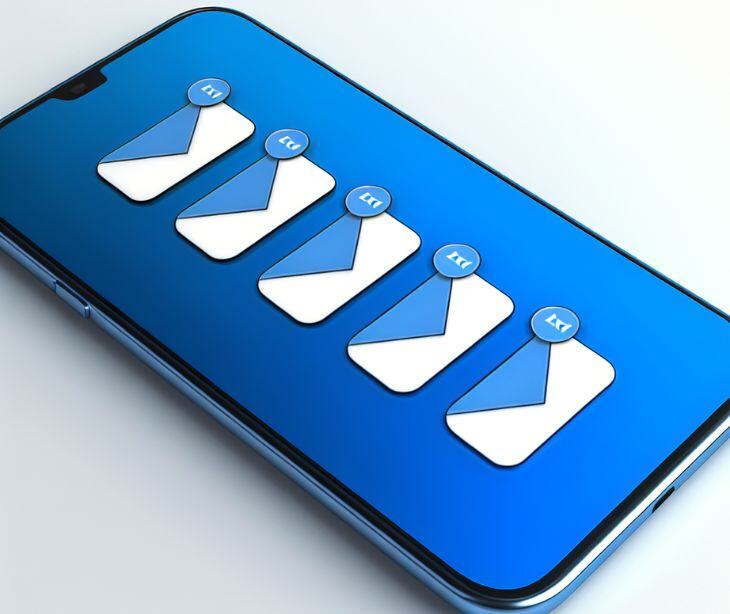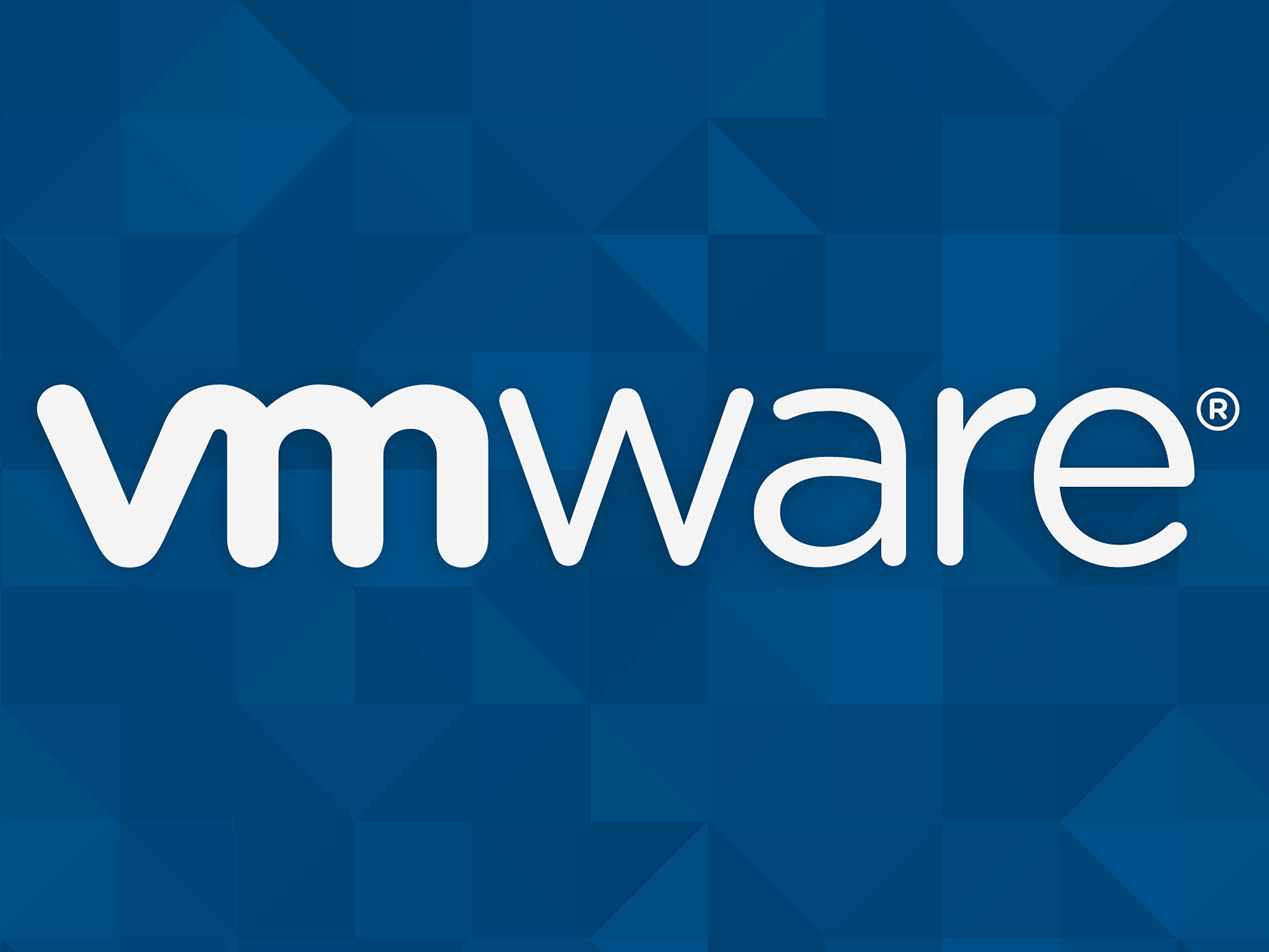
Organizations across industries rely on a myriad of alerts and notifications to stay informed and responsive. From healthcare providers monitoring patient data to IT teams tracking system performance, these alerts ensure timely detection and resolution of issues. However, the sheer volume and frequency of these alerts can quickly lead to a phenomenon known as "alert fatigue," where employees become desensitized and start ignoring or overlooking main notifications.
According to a study titled Impact of Alarm Fatigue on the Work of Nurses in an Intensive Care Environment, “Alarm fatigue may have serious consequences, both for patients and for nursing personnel. It is necessary to introduce a strategy of alarm management and for measuring the alarm fatigue level.”
The ramifications of alert fatigue are profound, extending from overlooked incidents to heightened employee burnout and turnover rates. Finding the delicate equilibrium between delivering timely, actionable alerts and averting alert fatigue poses a challenge for organizations, necessitating careful understanding and strategic management.
Understanding alert routing in healthcare
Alert routing directs notifications, warnings, or alerts from various systems or sources to the appropriate individuals or teams for action or resolution. In healthcare, alert routing facilitates timely communication between patients, providers, and various departments.
A recent study on alerts in healthcare applications states that "Urgent requests and critical messages in healthcare applications must be delivered and handled timely," and alert routing in healthcare facilitates timely communication. This enables healthcare providers to respond promptly to patient needs and operational challenges.
Healthcare organizations can enhance patient care, reduce errors, and improve overall organizational performance by ensuring that alerts are routed efficiently.
Understanding alert fatigue
What is alert fatigue?
Alert fatigue, also known as alarm fatigue, is a state where individuals tasked with responding to alerts become desensitized and less responsive due to the overwhelming number of notifications they receive. This phenomenon is particularly prevalent in high-stakes industries, such as healthcare and aviation, where missed or ignored alerts can have devastating consequences.
The psychology of alert fatigue
The root cause of alert fatigue lies in the human brain's natural tendency to normalize and desensitize to repeated stimuli, says a study on Effects of workload, work complexity, and repeated alerts on alert fatigue in a clinical decision support system. As employees are exposed to constant alerts, they gradually learn to tune them out, assuming that most are false alarms or trivial. This process, known as normalization or habituation, can lead to a dangerous mindset where even serious alerts are dismissed or overlooked.
The risks of alert fatigue
The primary risks associated with alert fatigue include:
- Missed or ignored alerts: When employees become desensitized to alerts, they are more likely to miss or ignore important notifications, leading to delayed responses or even catastrophic incidents.
- Slow response times: Even if alerts are not completely ignored, alert fatigue can result in slower response times as employees prioritize other tasks or take longer to investigate the significance of each alert.
- Employee burnout: The constant stress and disruption caused by excessive alerts can contribute to employee burnout, leading to higher turnover, decreased productivity, and reduced job satisfaction.
Related: All about alert routing
Strategies for balancing timely alerts
Addressing the challenge of alert fatigue requires an approach that focuses on optimizing alert processes, improving alert prioritization, and fostering a culture of continuous improvement. Let's look at some strategies:
Set intelligent alert thresholds
One of the primary drivers of alert fatigue is the sheer volume of notifications generated by monitoring systems. To combat this, organizations should carefully review their alert thresholds and determine which issues truly require immediate attention. By setting intelligent thresholds that differentiate between serious and non-serious alerts, you can reduce the number of notifications that employees need to process, thereby mitigating the risk of fatigue.
Implement tiered alert prioritization
Not all alerts are created equal, and organizations should use visual, auditory, and sensory cues to differentiate the importance of each notification. By establishing a tiered alert system, with clear distinctions between high-priority, medium-priority, and low-priority alerts, you can ensure that employees immediately recognize and respond to the most pressing issues.
Ensure alerts are actionable
Vague or ambiguous alerts can require more time and effort to investigate, further contributing to alert fatigue. By designing alerts that provide clear, actionable information, you can empower employees to quickly understand the nature of the issue and take appropriate steps to resolve it.
Consolidate redundant alerts
Redundant alerts, where the same issue triggers multiple notifications across different systems, can increase the cognitive load on employees. By identifying and consolidating these redundant alerts, you can reduce the overall number of notifications and improve the efficiency of your alert management processes.
Optimize on-call schedules and workloads
The burden of alert management should be distributed across your team to prevent any single individual from becoming overwhelmed. By implementing balanced on-call schedules and ensuring that workloads are evenly distributed, you can help mitigate the risk of alert fatigue and maintain a healthy, responsive workforce.
Leverage alert consolidation and visualization tools
The use of dedicated alert management and visualization tools can greatly enhance your ability to manage and respond to alerts effectively. These tools can consolidate alerts from multiple sources, provide intuitive dashboards, and offer advanced filtering and prioritization capabilities to help employees quickly identify and address issues appropriately.
Foster a culture of continuous improvement
Addressing alert fatigue is an ongoing process that requires regular review and optimization. Encourage your teams to provide feedback on the effectiveness of your alert management processes, and establish a culture of continuous improvement where you regularly assess and refine your alert systems based on employee input and performance data.
Leveraging technology to combat alert fatigue
While the strategies outlined above are necessary for addressing alert fatigue, advancements in monitoring, automation, and analytics tools have enhanced the ability of organizations to optimize their alert management processes.
Intelligent alert filtering and prioritization
Modern alert management platforms often incorporate machine learning and artificial intelligence algorithms to analyze alert patterns, identify false positives, and prioritize the most urgent notifications. By automating these tasks, organizations can reduce the cognitive burden on employees and ensure that high-priority alerts receive the necessary attention.
Automated incident response and remediation
In addition to alert prioritization, some tools offer automated incident response and remediation capabilities. These solutions can automatically trigger predefined actions, such as scaling resources or initiating remediation workflows, in response to specific alert conditions. This reduces the time required to address issues and helps prevent alert fatigue by minimizing the need for manual intervention.
Customizable alert thresholds and notification channels
Effective alert management platforms provide granular control over alert thresholds and notification channels, empowering organizations to tailor their alert systems to the unique needs of their teams. By allowing users to customize alert settings, organizations can ensure that the right information reaches the right people at the right time, reducing the risk of information overload and alert fatigue.
Integrative dashboards and visualization
Consolidating alerts from multiple sources into a centralized, intuitive dashboard can improve the efficiency of alert management. These visualization tools often incorporate features like trend analysis, anomaly detection, and contextual information to help employees quickly identify and address the most serious issues.
Read also: Artificial Intelligence in healthcare
In the news
Healthcare systems are addressing the challenge of physician stress induced by the influx of notifications within electronic health records (EHRs), particularly pertaining to medication-related alerts and internal notifications. NCH Healthcare System in Florida undertook proactive measures to address this issue during its transition to a new EHR platform. They optimized medication alerts by tailoring them to patients' clinical statuses, using specific patient data such as laboratory results and comorbidities to generate targeted alerts for high-risk individuals.
This strategic initiative, conducted in collaboration with the pharmacy team, not only alleviated alert fatigue among physicians but also bolstered patient safety. By opting for an off-the-shelf solution rather than developing a bespoke system, the healthcare system efficiently achieved its objectives, proving the need for proper resource allocation in enhancing physician well-being and optimizing patient care.
FAQs
Does the system have to comply with HIPAA regulations?
Yes, the system has to be designed to comply with HIPAA regulations to ensure the protection and privacy of patient information.
Do I need to obtain consent before setting up alerts?
Yes, obtaining consent from patients or authorized individuals is necessary before setting up alerts to respect their privacy and ensure compliance with regulations.
How can organizations ensure secure alert transmission to mobile devices?
Organizations can implement encrypted messaging platforms that adhere to HIPAA standards for data protection to ensure alert transmission to mobile devices. Additionally, they can deploy mobile device management (MDM) solutions to enforce security policies, remotely wipe devices in case of loss or theft, and ensure compliance with HIPAA regulations regarding mobile device usage.
Learn more: HIPAA Compliant Email: The Definitive Guide
Subscribe to Paubox Weekly
Every Friday we'll bring you the most important news from Paubox. Our aim is to make you smarter, faster.




